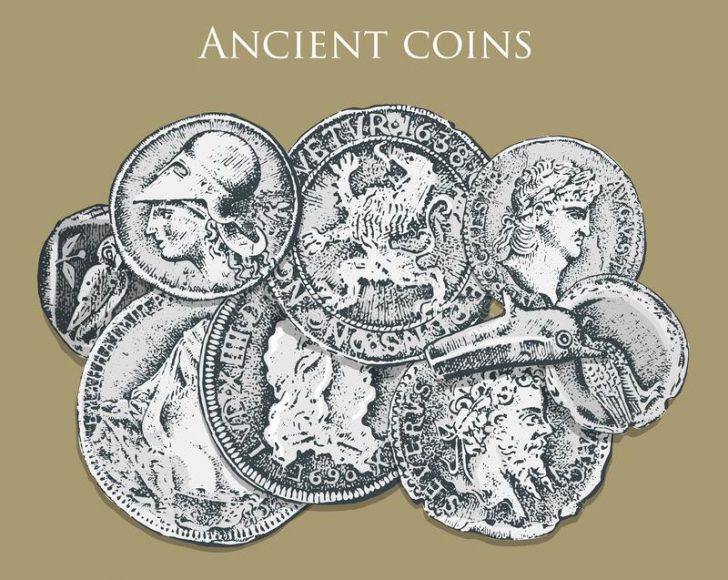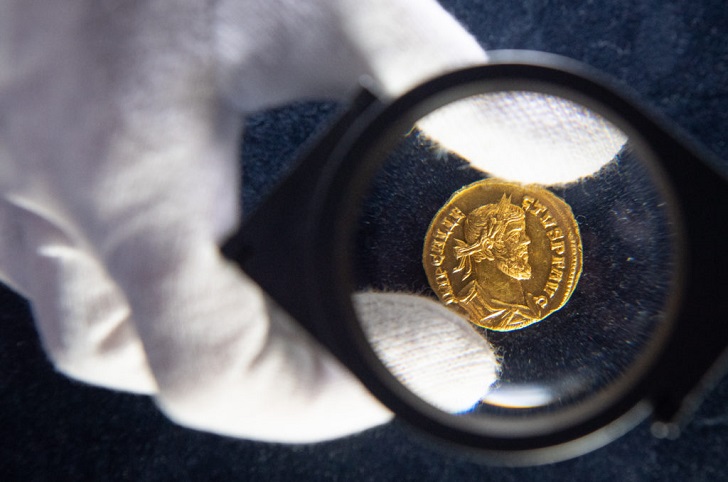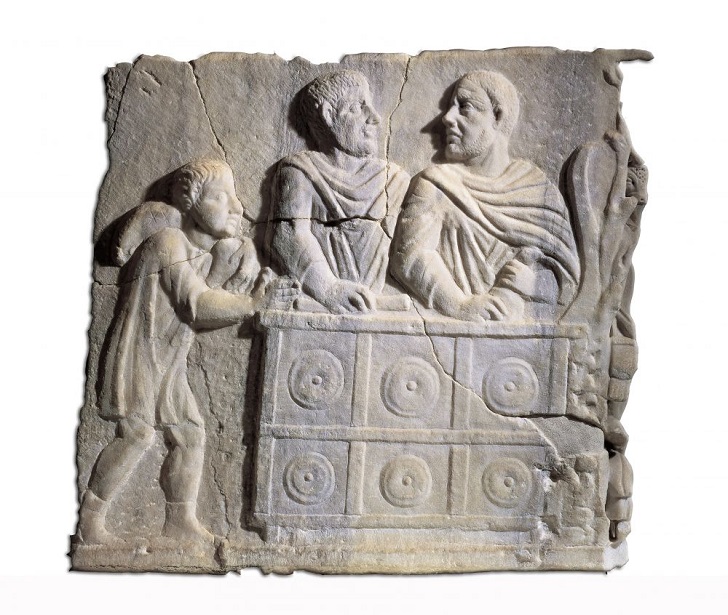The research, conducted by researchers at the University of Warwick and the University of Liverpool in England, revealed a debasement of the currency far greater than historians had thought. Researchers recently performed a scientific analysis of the composition of Roman denarii, which were small silver coins of ancient Rome.
This has brought fresh understanding to a financial crisis, briefly mentioned by the Roman statesman and writer Marcus Tullius in his essay on moral leadership, De Officiis. The new findings have solved a long-standing historical debate.
The Roman state was teetering on the edge of bankruptcy in 91 BCE, at least in part due to the Social War against their Italian allies, who wanted citizenship along with the power to vote in Roman elections. By 89 BCE, Rome was mired in a debt crisis, and Cicero’s passage suggested that people were losing confidence in their currency, the denarius.
Historical context for the Roman currency

For most of Roman history, Roman currency consisted of gold, silver, bronze, orichalcum, and copper coinage. From its introduction to the Republic, during the third century BC, well into Imperial times, Roman currency saw many changes in form, denomination, and composition. A persistent feature was the inflationary debasement and replacement of coins over the centuries. Notable examples of this followed the reforms of Diocletian. This trend continued into Byzantine times.
Due to the economic power and longevity of the Roman state, Roman currency was widely used throughout western Eurasia and northern Africa from classical times into the Middle Ages. It served as a model for the currencies of the Muslim caliphates and the European states during the Middle Ages and the Modern Era.
Further discoveries

In part of an ongoing project, Butcher and colleagues analyzed the composition of the coins minted during these years. They used minimally invasive sampling techniques to prevent damaging the precious silver relics.
These relics bore the heads of gods and Roman leaders, and were first introduced as currency in 211 BCE, valued at ten bronze assēs coins. The researchers found before 90 BCE, the denarius was composed of pure silver, but that dropped 10 percent only five years later.

A five-year research project funded by the European Research Council aims to increase the understanding of the economies of classical Rome and other Mediterranean states by analyzing the composition of their coins.
Dr. Ponting, one of the researchers involved in this project, said that their sampling technique used to take samples from important coins had revealed a significant decline in the denarius value. The denarius was initially a pure silver coin. Then, its value dropped to under 95 percent fine and subsequently to 90 percent.
Some coins fell as low as 86 percent, suggesting a severe currency crisis. Researchers added that in the years after 91 BC, the Roman state was in danger of bankruptcy. They added that the Romans were at war with their own allies in Italy, and by the conclusion of the war, in 89 BC, there was a debt crisis.

